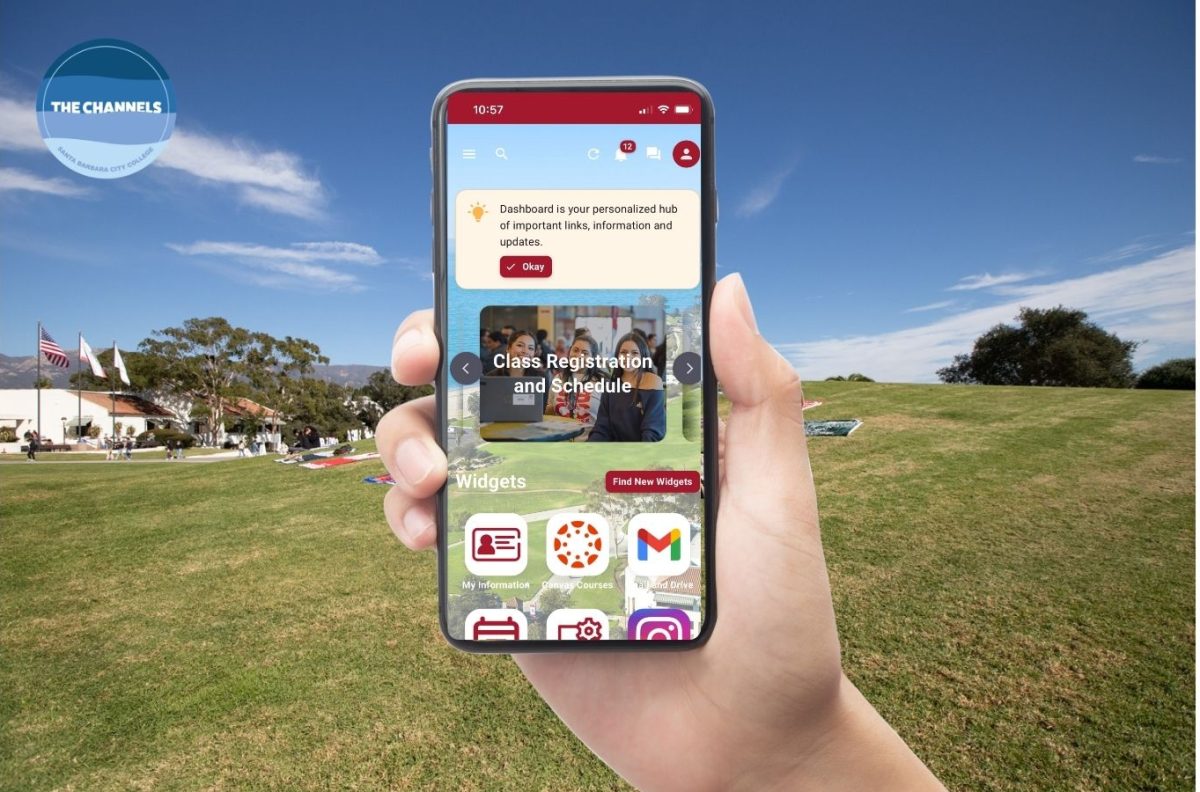A new report has found that only people who identified themselves as Hispanic or White were hired to management positions and full-time faculty positions at City College last year, despite over a dozen people who identified as Asian and black applying to both groups.
The Board of Trustees was presented with a report on the ethnic diversity of City College’s workforce Thursday by Monalisa Hasson, vice president of human resources. The proportion of full-time faculty at the college who identify as white was found to be almost double the average in community colleges statewide at 71 percent. Although the diversity of management positions was not compared to the state average, about the same proportion — 63 percent — of the group identified as white.
“We had our selection tools reviewed and we scored a zero,” Hasson said.
“The research shows that when you see people who represent who you are as a student, then you’re going to have higher completion rates and a better sense of belonging,” Hasson said.
Interim Student Trustee Kenny Igbechi shared that a black classmate of his last semester told him he wasn’t attending class regularly because the student didn’t have anyone who looked like him in the class.
“I think it is very important to get more black representation on the faculty,” Igbechi added.
Currently, the college has only nine black full-time faculty members and 10 black part-time faculty members, which is only 4 percent of full-timers and 2 percent of part-timers. On average, other colleges in the state have double those proportions of black faculty members.
Among those who applied for full-time faculty positions last year, 18 identified as black, 30 identified as Asian and 10 identified as Native American. None of them were hired, in part because only two faculty members were hired that year.
The numbers are similar for management position applicants, with 19 who identified as black, 25 who identified as Asian and eight who identified as Native American applying last year. None of these people were hired, either, with the nine hires consisting of only Hispanic and white identifying individuals.
Hasson explained that the difficulty of hiring a more diverse workforce stems from the cost of living in the area and the hiring process the college has used.
In its application materials for college positions, it had not stated it was a Hispanic-serving institution, nor had it made clear how many resources the college had for people of color such as the Umoja program.
Recently, the college has been giving out relocation stipends of $2,000 to move in from out of the area, according to Hasson. In addition, the hiring committee members are going through implicit-bias trainings in which members learn to identify and overcome any racial or sex-based stereotypes they have.
Hasson expressed confidence that the more than one dozen faculty positions the college plans to fill in the near future will be more diverse hires.
“If we don’t change to better represent our students, students of color are going to say ‘Santa Barbara is not the place for me,’” she said.














